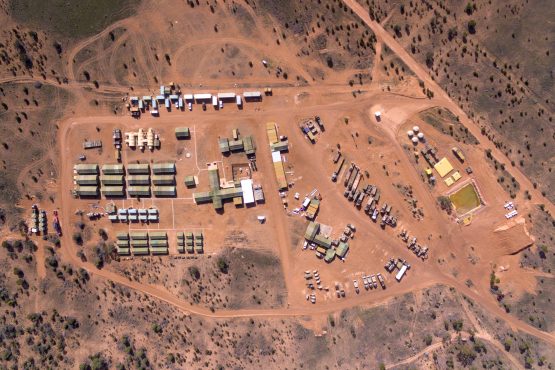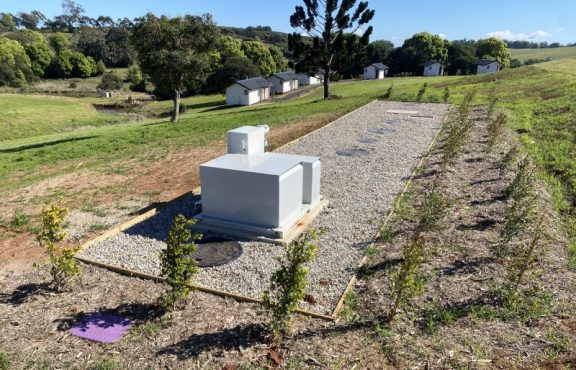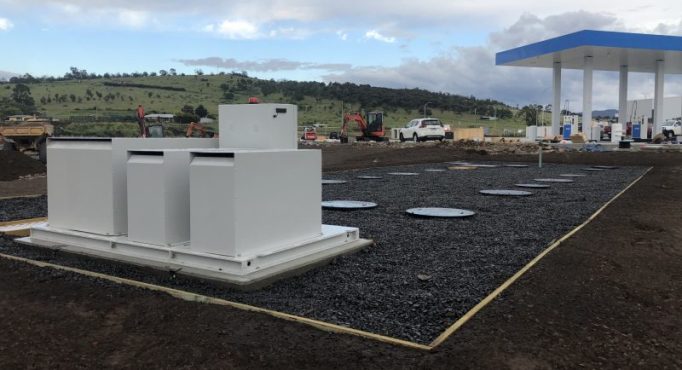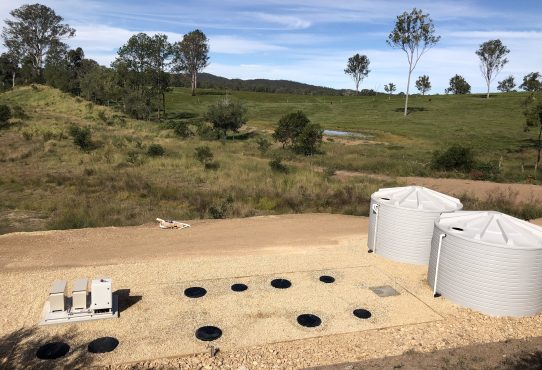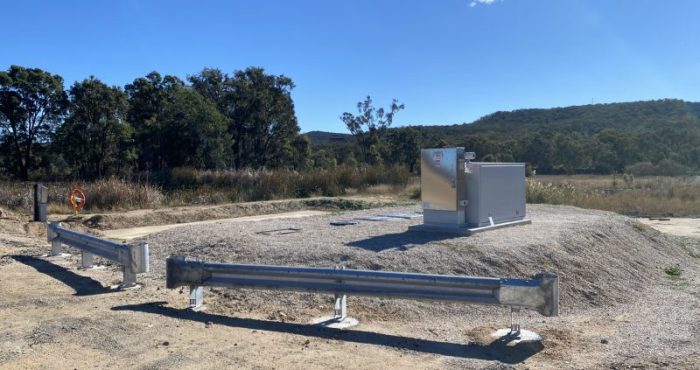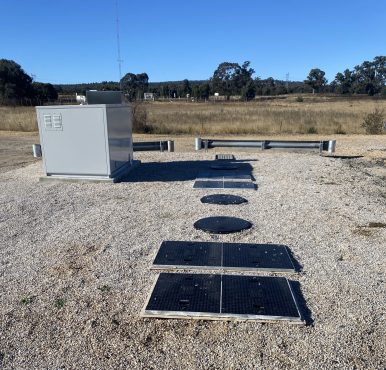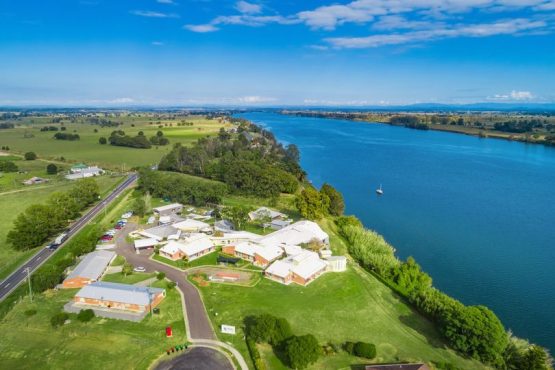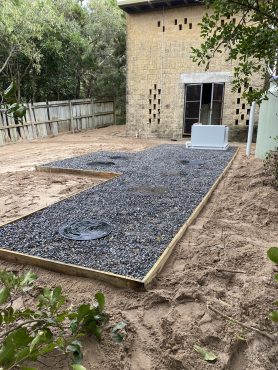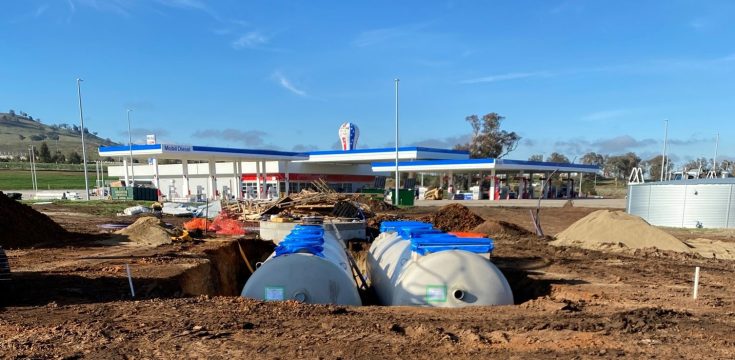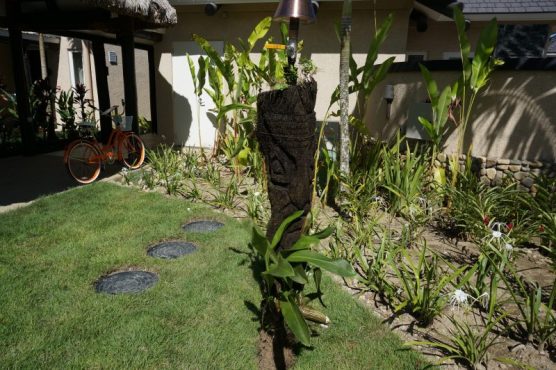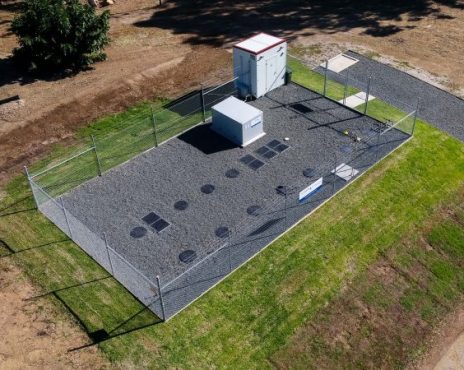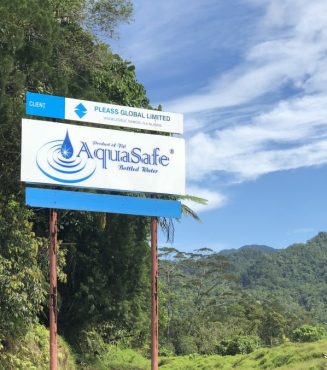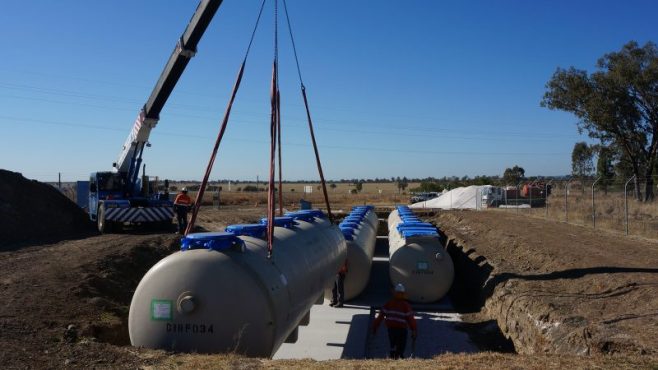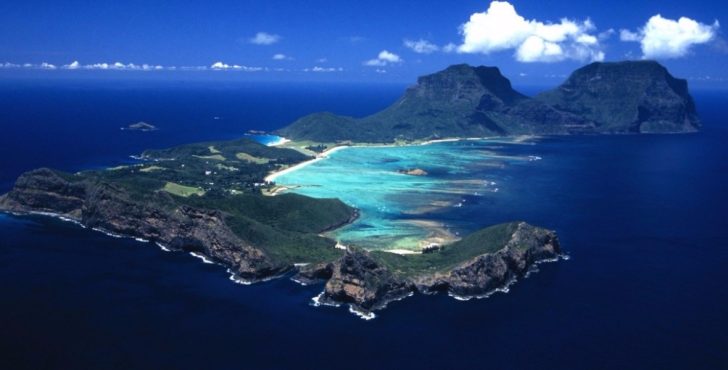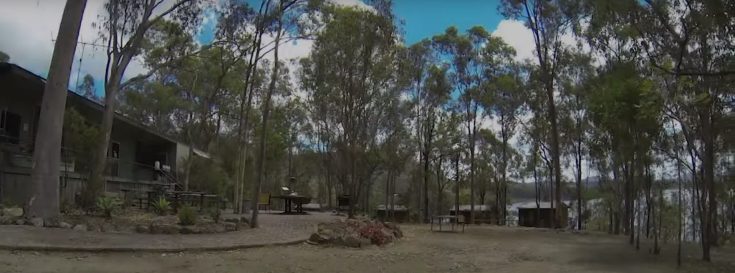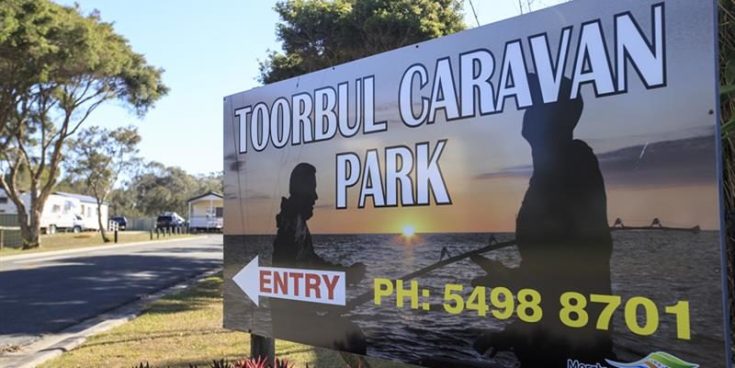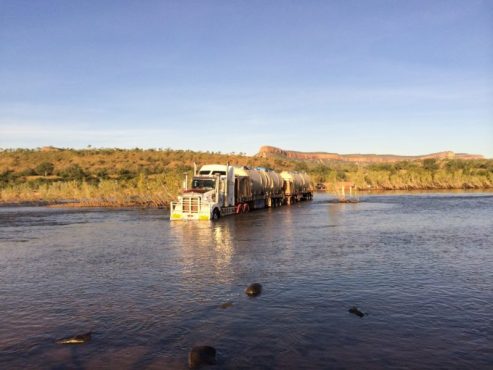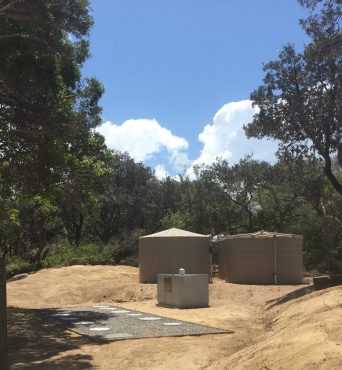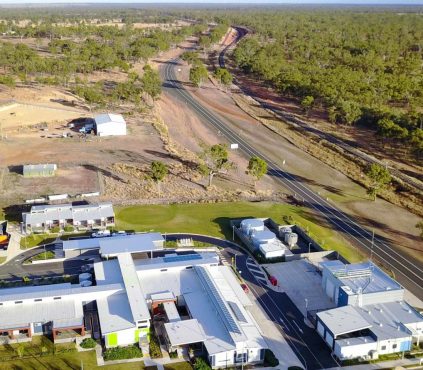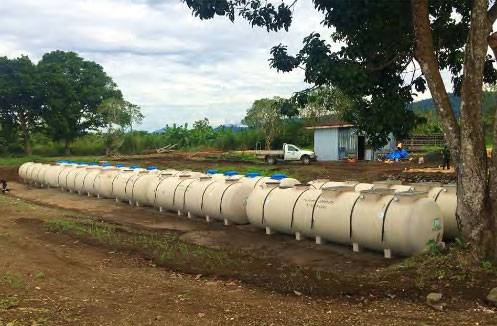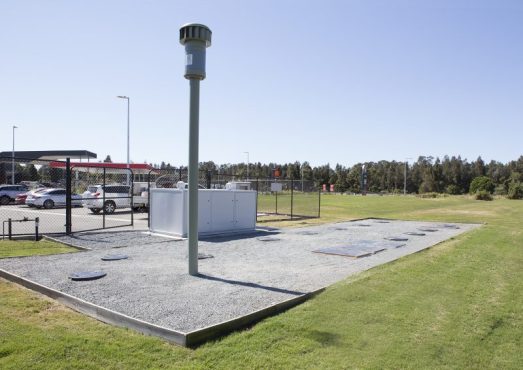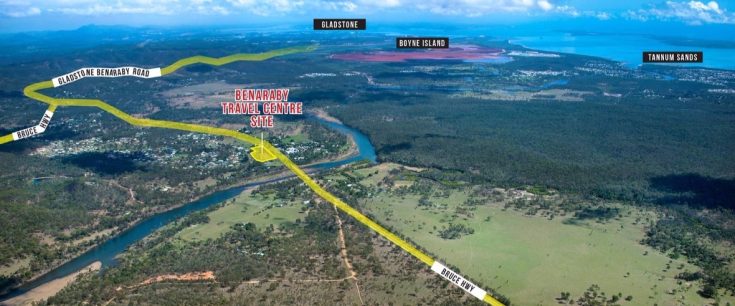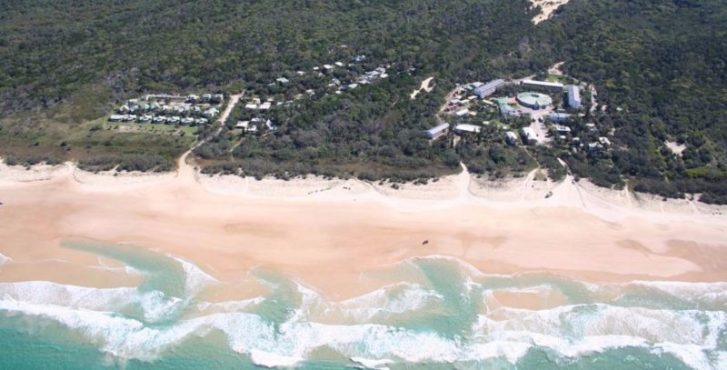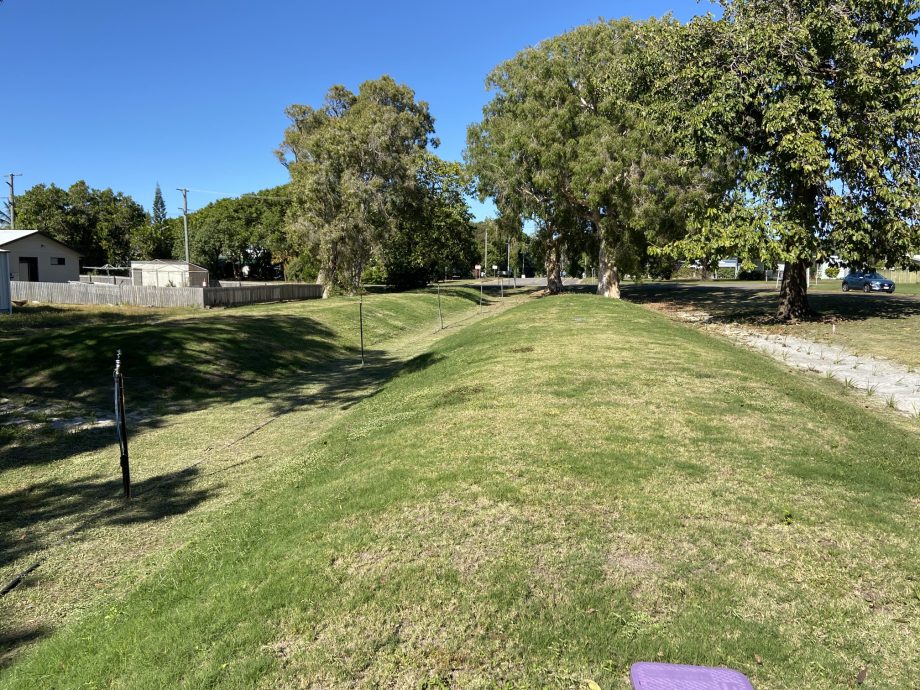
Effluent Dispersal Area
Effluent Dispersal Area (EDA) or Land Application Area (LAA) is the designated zone on a property where effluent from a Wastewater Treatment Plant (WWTP) is disposed of.
True Water commercial sewage systems treat wastewater before it is dispersed to the environment. Having an expert team like True Water design and install your Effluent Dispersal Area is critical to getting the best solution for your project.
The engineering and installation of Effluent Dispersal Area require regulatory approval. This compliance adheres to specific safety standards regarding setbacks from buildings, property boundaries, and waterways. When correctly designed, and installed, EDA provides efficient and beneficial distribution of all treated water.
Subsurface Drip Irrigation
Subsurafce Drip Irrigation (SDI) is a series of irrigation pipes running laterally beneath the ground’s surface. These pipes are laid at a predetermined depth; remaining safely hidden from the site and providing irrigation beneficial to plants.
SDI is a widely used, straightforward and efficient way to dispose of treated wastewater. This irrigation method delivers water and nutrients directly to the root zone of plants, which makes it optimal for reusing water in pastures, green spaces, lawns, and gardens.
Using SDI guarantees no human contact, no noise, and no odour. Our team has designed and installed over 1,200 SSI systems using a very specific process that ensures product longevity.
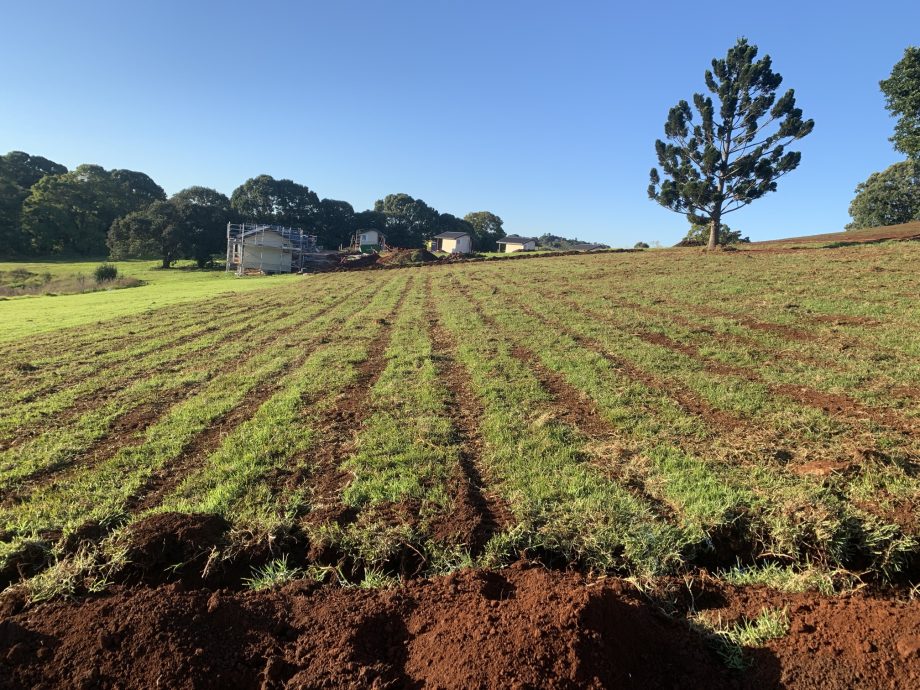
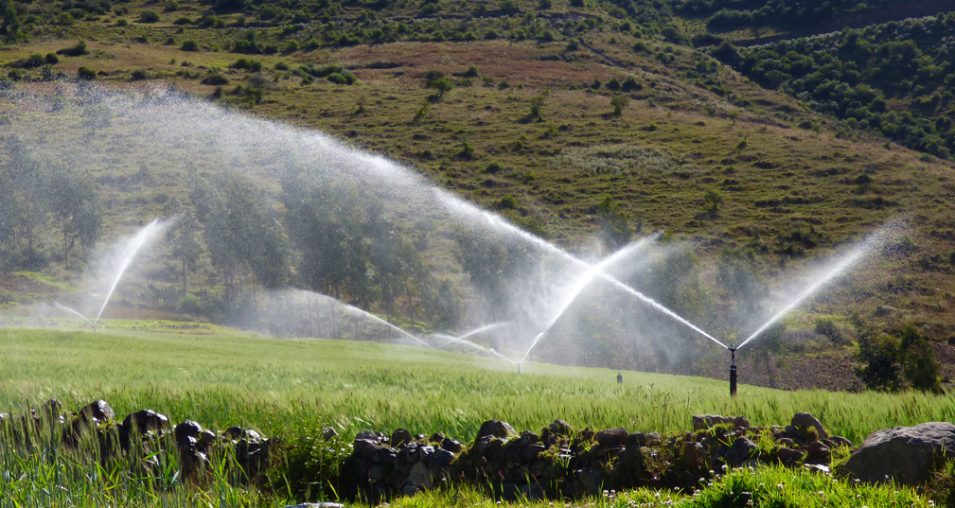
Spray Irrigation
Spray Irrigation (SI) is a series of surface, or subsurface, feeder pipes that deliver treated water to above-ground sprinklers which distribute water over a specified area.
It is a simple and economical method of disposing of large amounts of water. Although, there are many methods of spray irrigation, fixed sprinklers are the most used for effluent dispersal. It provides a flexible solution which can be easily configured to fit into specific areas, in and around vegetation, or infrastructure. System expansion is simple and the above-ground access allows for easy maintenance and management.
Irrigation can be regulated to provide measured watering of crops, pastures, gardens, and native vegetation. True Water utilises the highest quality treatment systems to produce treated water ideal for SI dispersal.
Engineered Dispersal System
True Water Engineered Dispersal System (EDS) is a compact disposal method suited to restricted sites with limited available area to discharge treated wastewater. Distribution pipes run through the centre of the EDS where water is released to distribution beds. The distribution area and EDS structure sit above the natural ground level and provide enhanced dispersal and evapotranspiration.
The EDS is True Water’s advanced design version of the durable Wisconsin Mound. Our tried and tested improvements to the generic design improve efficiency, prevent seepage, and are more suited to secondary and tertiary treated water. Dispersion of the effluent through the EDS media provides additional treatment and nutrient reduction and guarantees exceptional water quality.
The EDS provide the smallest footprint for treated effluent dispersal and are often the most viable solution for constrained sites. The high quality of the treated effluent provides favourable outcomes for environmentally sensitive projects. EDS is often used to mitigate constraints such as high-water tables, flood zones, and poor or shallow soils.
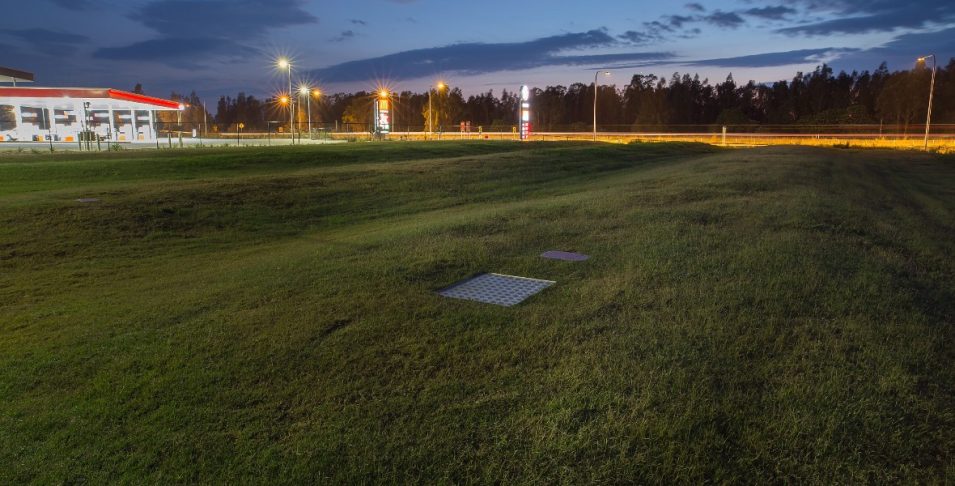
LAA DO'S AND DONT'S
Read more...
DO’S
- Keep the grass mowed.
- Ensure appropriate warning signage is erected and visible.
- Fill in any depressions in the LAA with soil (not clay) to keep it level.
- Ensure storm and surface water is directed away from the area.
- Regularly check that equipment is operating correctly.
- Talk to True Water Australia if you have any queries.
DONT’S.
- Drive vehicles over the LAA.
- Build structures or paths over the LAA.
- Allow stormwater or surface water to run into the LAA.
- Let children, pets, or animals play, rest, or graze on the LAA.
- Use dispersal of effluent to water fruits or vegetables.

